The city of Riga is the capital of the Eastern European nation of Latvia. Home to nearly a third of the nation’s population, the city is the largest among all the cities in the Baltic states of Latvia, Lithuania, and Estonia. Riga dates back to the early 13th century, and since then, the city has firmly established itself as one of Europe’s cultural heavyweights. Read on to learn all about the destinations in the Latvian Capital of Riga and just why Riga is so special.
What is Riga best known for?
Lativia is best known for its old-fashioned towns, Art Nouveau architecture, numerous world heritage sites, beautiful lakes, and waterfalls. Most importantly, a beer-drinking culture. It is between Poland, Finland, and Russia and has many cultures.
1. Town Hall Square
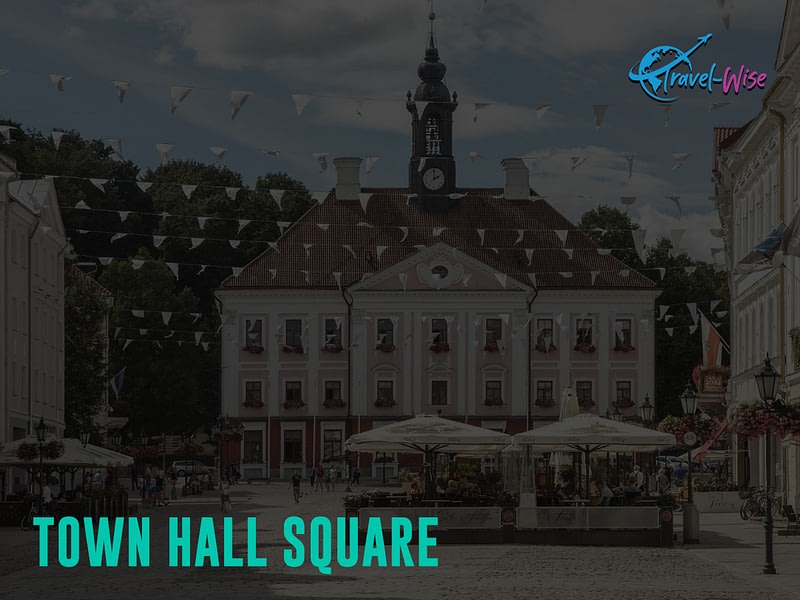
The Town Hall Square in Riga is home to some of the city’s most iconic monuments, such as the House of the Blackheads and the Town Hall. The old-world design of these monuments makes it difficult to believe that the age of these structures is only slightly more than 20 years.
There’s also a Soviet structure from the 1970s, home to the Occupation Museum until a few years ago. Also worth seeing here is the Roland Statue, which depicts a legendary knight. It’s symbolic of the city’s privileges during the Medieval era.
2. Vecriga
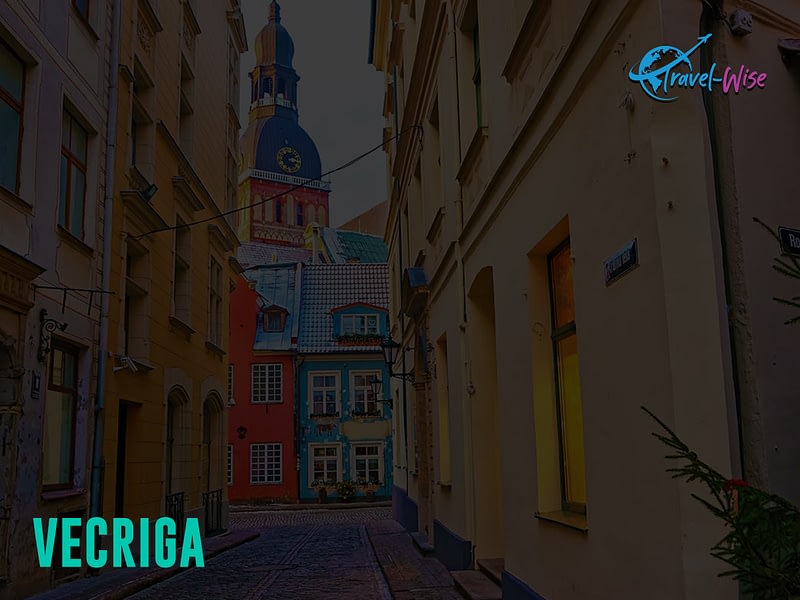
Vecriga is Riga’s historic city center, and it’s a UNESCO World Heritage Site. It features several social squares and cobblestone alleyways, along which the city’s oldest churches and residences can be found. It’s also one of the most popular destinations in Riga for tourists because of its many museums, art galleries, and nightclubs.
It’s also the origin of one of Riga’s most iconic desserts, which features choux pastry, vanilla cream, curd, and sugar icing. If you want to take home a souvenir from the city, we recommend visiting Skru Street, which is full of arts and handicraft shops.
3. Albert Street
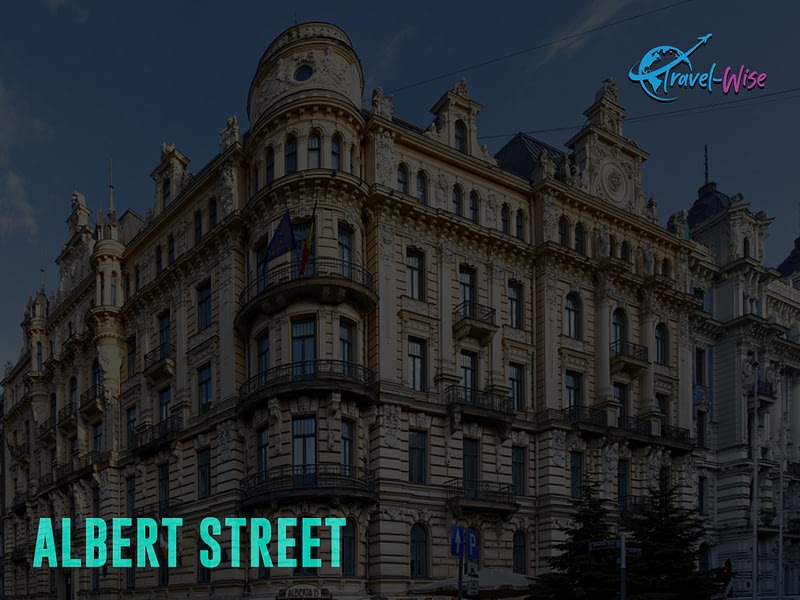
Riga is famous for its Art Nouveau marvels, and Albert Street is one of the best places in the city to experience them. The street functions like an outdoor architecture gallery, and its Art Nouveau architecture was constructed quickly – from 1901 – to 1908. Eight structures on Albert Street are designated state monuments of Latvia.
The credit for the roadway’s design goes to Russian architect Mikhail Eisenstein. However, Konstantin Peksens, one of Latvia’s most prominent architects, also had a hand in bringing the design of Albert Street to life.
4. Freedom Monument
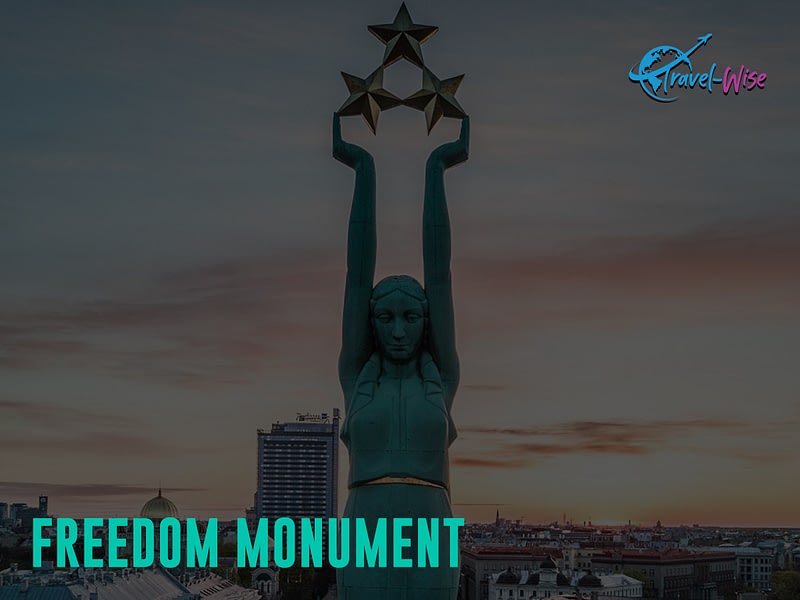
The Freedom Monument is an iconic landmark in Vecriga’s east commemorating the Latvian soldiers. They died in the battle against the Soviets in Latvia’s War of Independence. The war was waged during 1918 – 1920, and the monument was established 15 years after the war’s end – in 1935. It has a height of 42 meters.
Liberty’s copper sculpture can be seen clutching three golden stars at its top. The approach toward the monument’s base features 13 relief groups depicting images and allegories from Latvian culture and some iconic national heroes.
5. Riga Cathedral
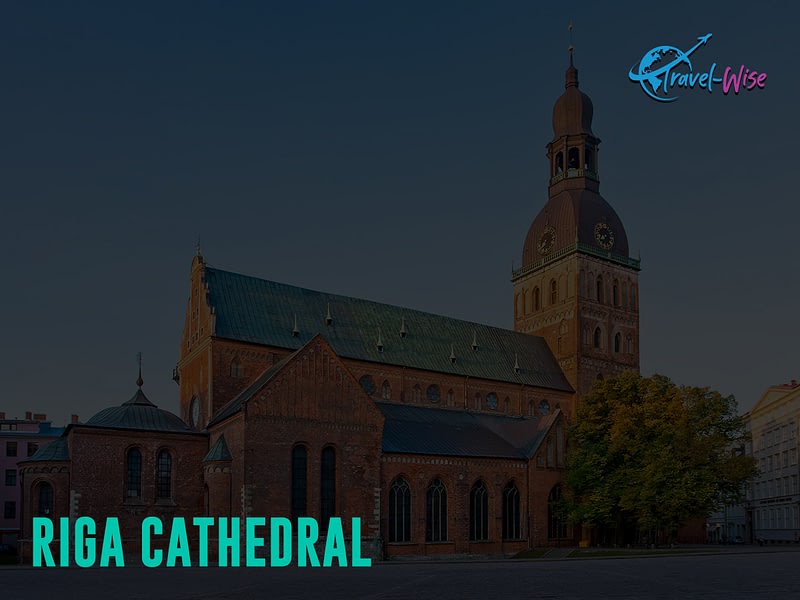
The Riga Cathedral is the Latvian Evangelical Lutheran Church’s Archbishop’s seat. The building dates back to the 13th century, but it’s seen countless renovations since it was first established on the Daugava River’s right bank. Its spire top features a cockerel that weighs 86 kg – similar to other churches in and around Vecriga.
The Romanesque cloister, among the building’s oldest parts, is worth visiting. The cathedral was home to a Dome Pipe Organ in the 16th century – the world’s most considerable back then. However, a fire hazard in 1547 destroyed the organ. It was later rebuilt in the late 19th century with 6,718 pipes.
6. Ethnographic Open Air Museum
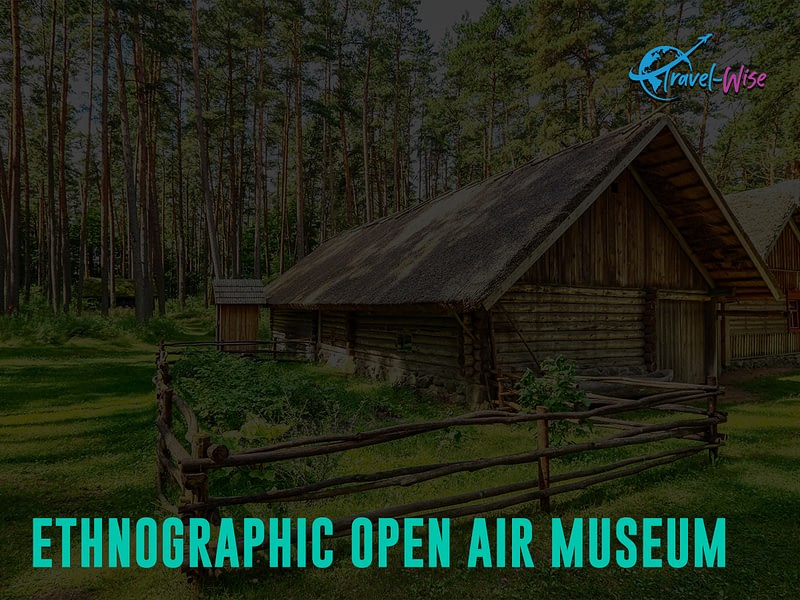
The Ethnographic Open-Air Museum is situated on Lake Jugla’s east bank. It’ll take approximately 30 minutes to reach the museum by car from Riga’s city center. If you’re curious about the country’s culture, you must visit this destination in Riga. The museum features 118 traditional Latvian buildings from all the provinces of Latvia. They were painstakingly rebuilt here after they were transported.
The oldest building is from the 17th century, whereas the most modern building dates back to the 20th century. The contrast between the cultural differences of the Zemgale, Vidzeme, Latgale, and Kurzeme provinces is on show here. The museum was established in 1824 and became a haven for skiers in winter.
Start planning your trip to Latvia, and to make your trip planning easier, create an AI-generated Latvia itinerary and kick off that trip plan with a template to speed up your planning!

